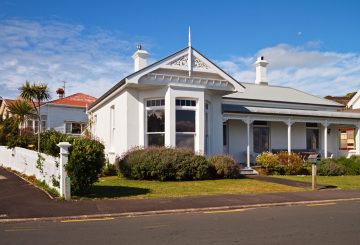정부는 이전 정부가 계획했던 훈제 담배 규제 변경 중 세 부분을 취소하는 새로운 법안을 제안했습니다.케이시 코스텔로 보건부 차관은 현 정부가 Smokefree 2025 목표를 달성하기 위해 최선을 다하고 있지만 흡연율과 흡연으로 인한 피해를 줄이기 위해 다른 접근 방식을 취할 계획이라고 말했습니다.
뉴질랜드 정부는 최근 몇 년간 흡연율이 크게 감소했으며, 정부는 지금까지 사용한 효과적인 전략을 발전시키고자 합니다.코스텔로는 흡연자들의 금연을 돕는 조치를 도입하고 청소년들이 전자담배를 피우지 못하도록 전자담배 규제를 강화할 계획입니다.
금연 환경 및 규제 제품 수정 법안이라 불리는 이 새 법안은 정부의 100일 약속을 이행하는 동시에 이전 정부의 금연 법안 중 소매업 감소 제도, 인종 차별, 금연 세대 규제 조치 등 세 가지 조항을 무효화할 것입니다.
코스텔로는 이러한 조치들이 현재 시행되고 있지 않으며, 올해 말인 2025년, 2027년으로 변경이 계획되어 있다고 밝혔습니다.그녀는 이전 정부의 접근 방식을 비판하면서 금연 이니셔티브의 성공과 금지주의적 접근이 흡연자, 소매업체 및 범죄에 미칠 수 있는 부정적인 영향을 무시했다고 말했습니다.
작년 12월에 발표된 뉴질랜드 보건 조사 결과에 따르면 일일 흡연율은 8.6% 에서 6.8% 로 떨어졌습니다.이러한 추세가 계속된다면 뉴질랜드는 2025년까지 인구의 매일 5% 미만이 흡연한다는 금연 목표를 달성할 것입니다.
지난 3년 동안 229,000명이 금연했으며, 베이핑이 중요한 역할을 했습니다.금연한 사람들 중 79,000명이 마오리인이었습니다.젊은이들의 금연율은 훨씬 더 높습니다.코스텔로는 니코틴에 중독된 장기 흡연자에게 초점을 맞춰야 한다고 말합니다.정부는 흡연자들의 금연을 돕는 실질적인 접근법을 원하고 있습니다. 이데올로기에 기반한 접근법이 아닌 말이죠.
또한 이 기사는 금연률에 대한 연간 통계를 제공하는데, 이는 지난 몇 년간 금연률이 전반적으로 증가했음을 보여줍니다.청소년 (15~24세) 의 금연률도 크게 증가하여 2022/23년에는 41.5% 에 달했습니다.





























































